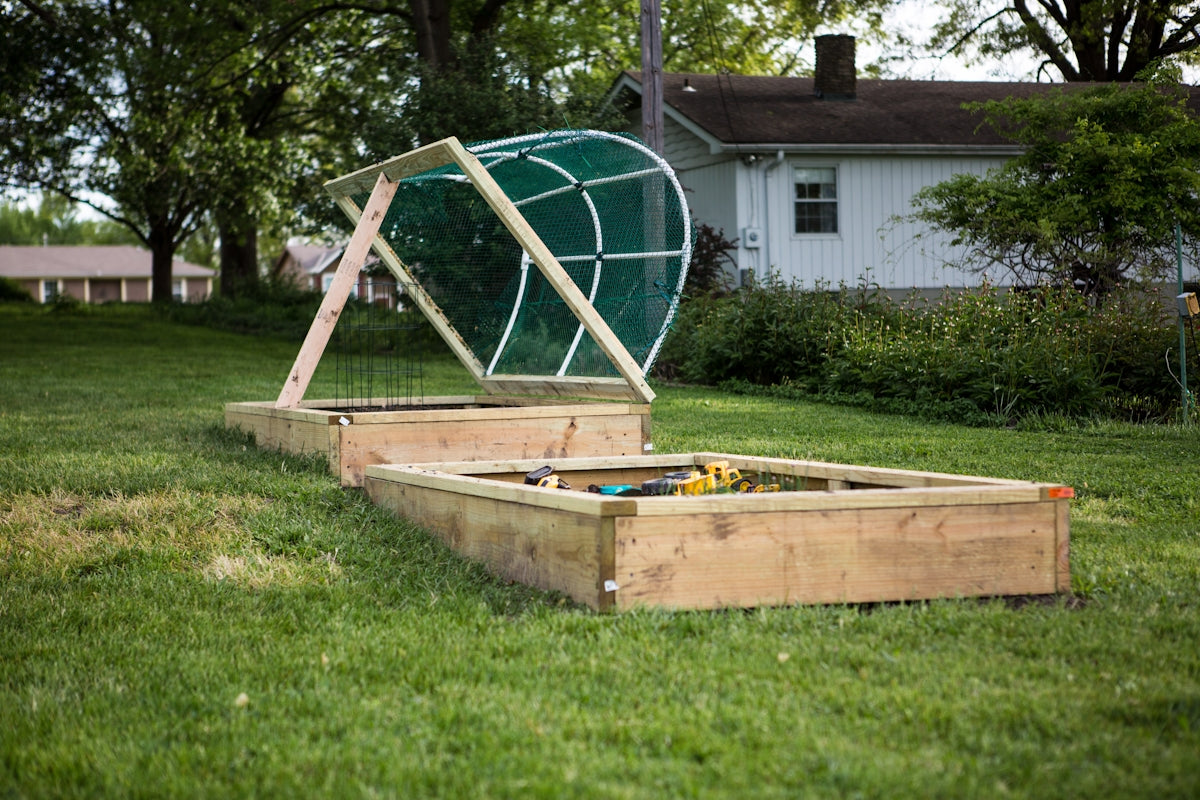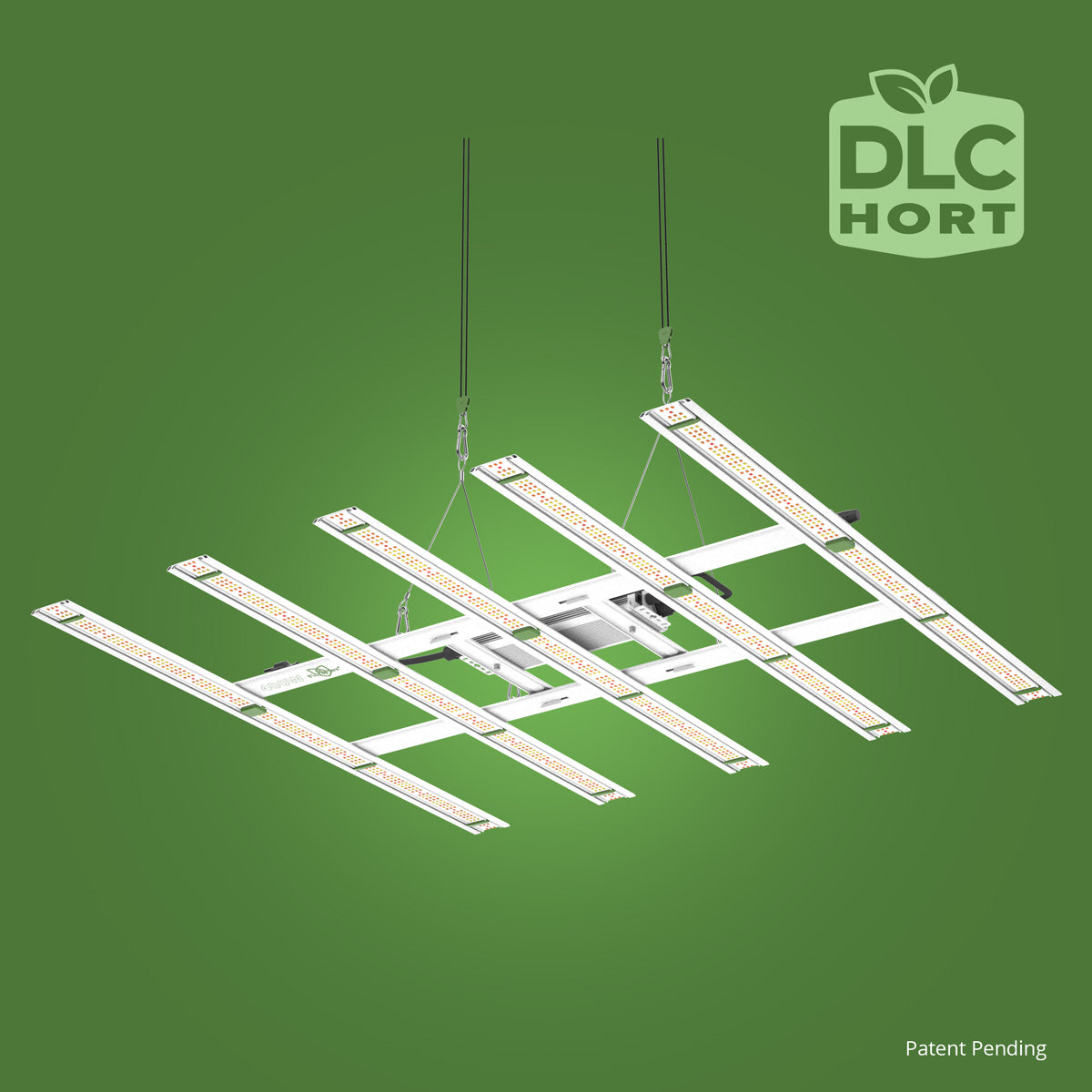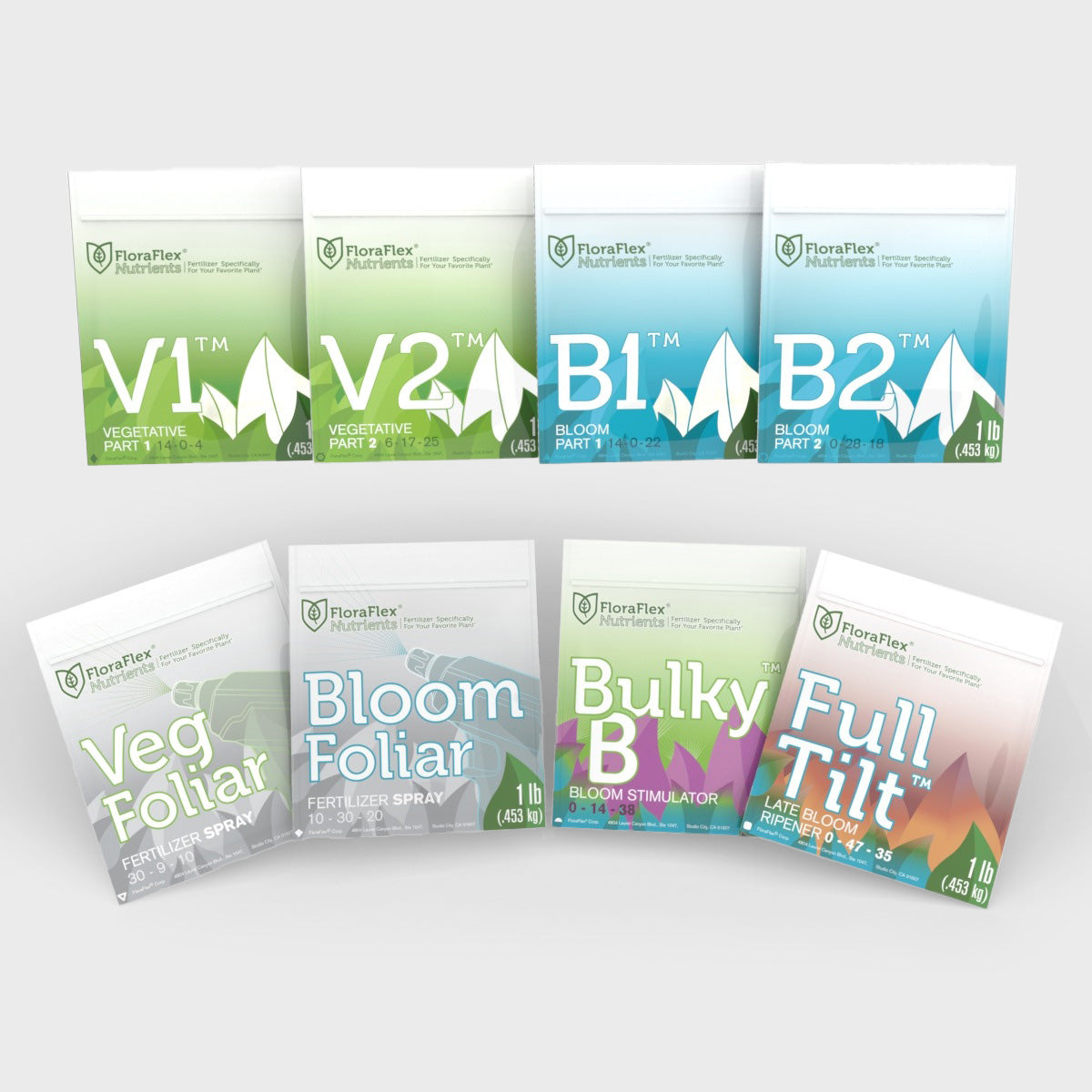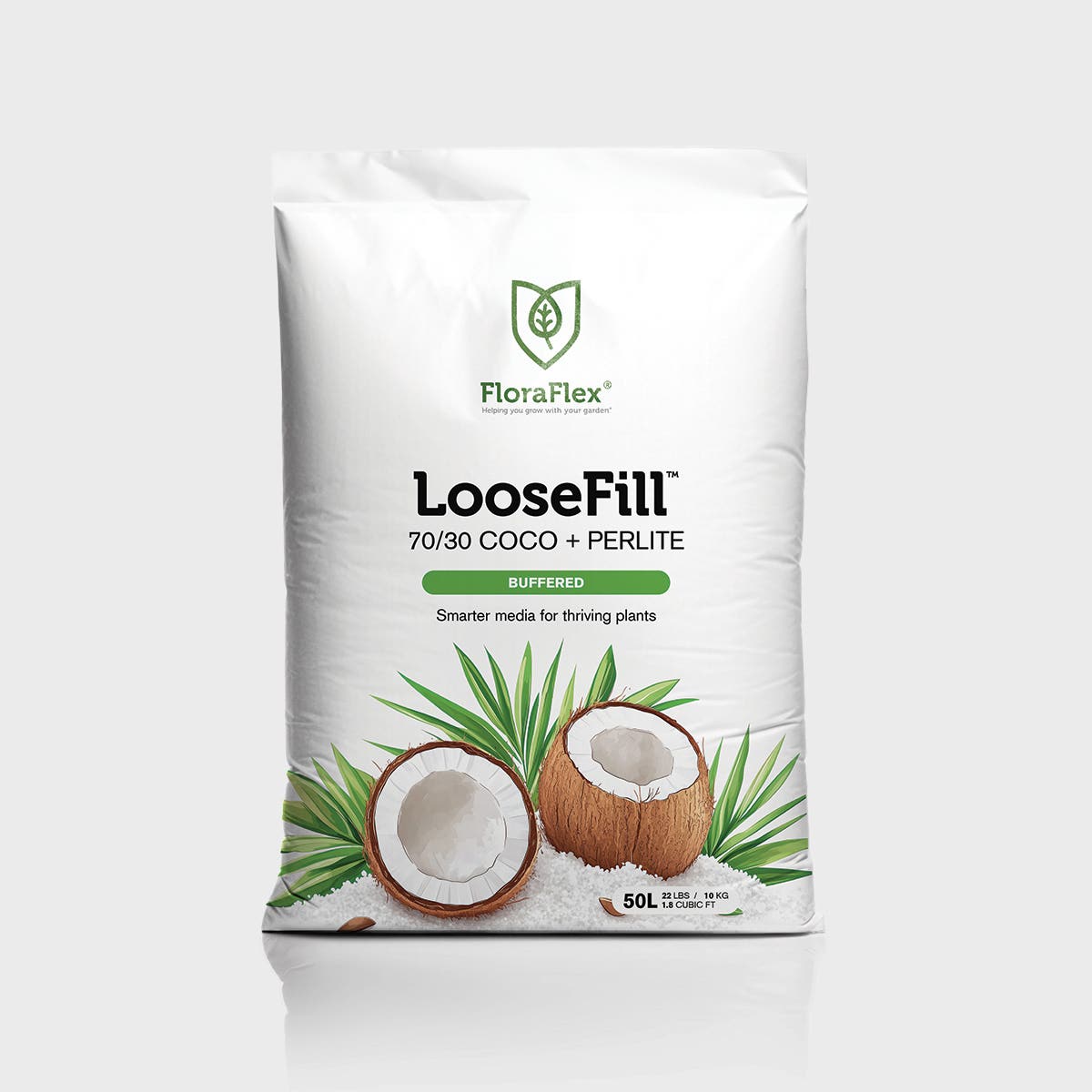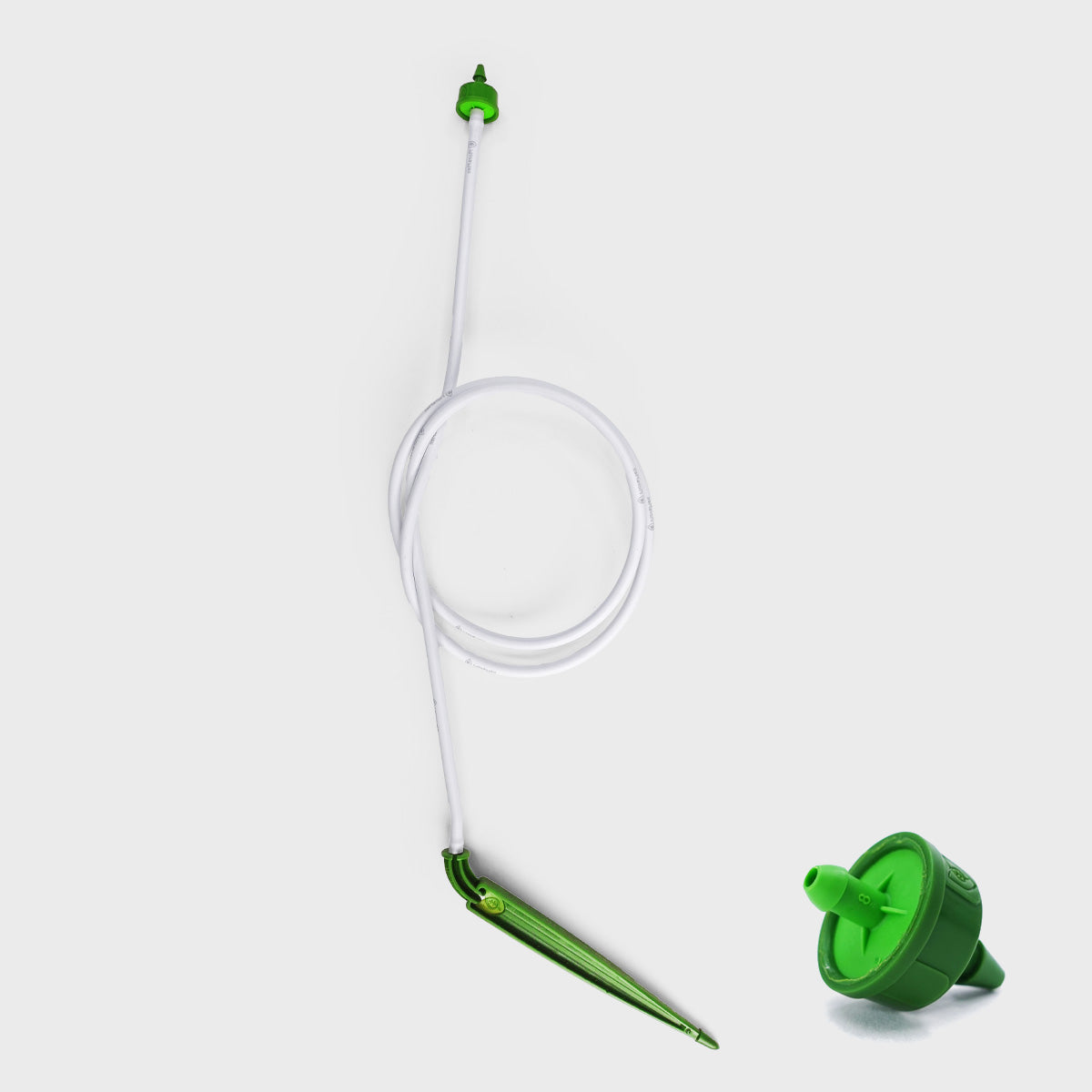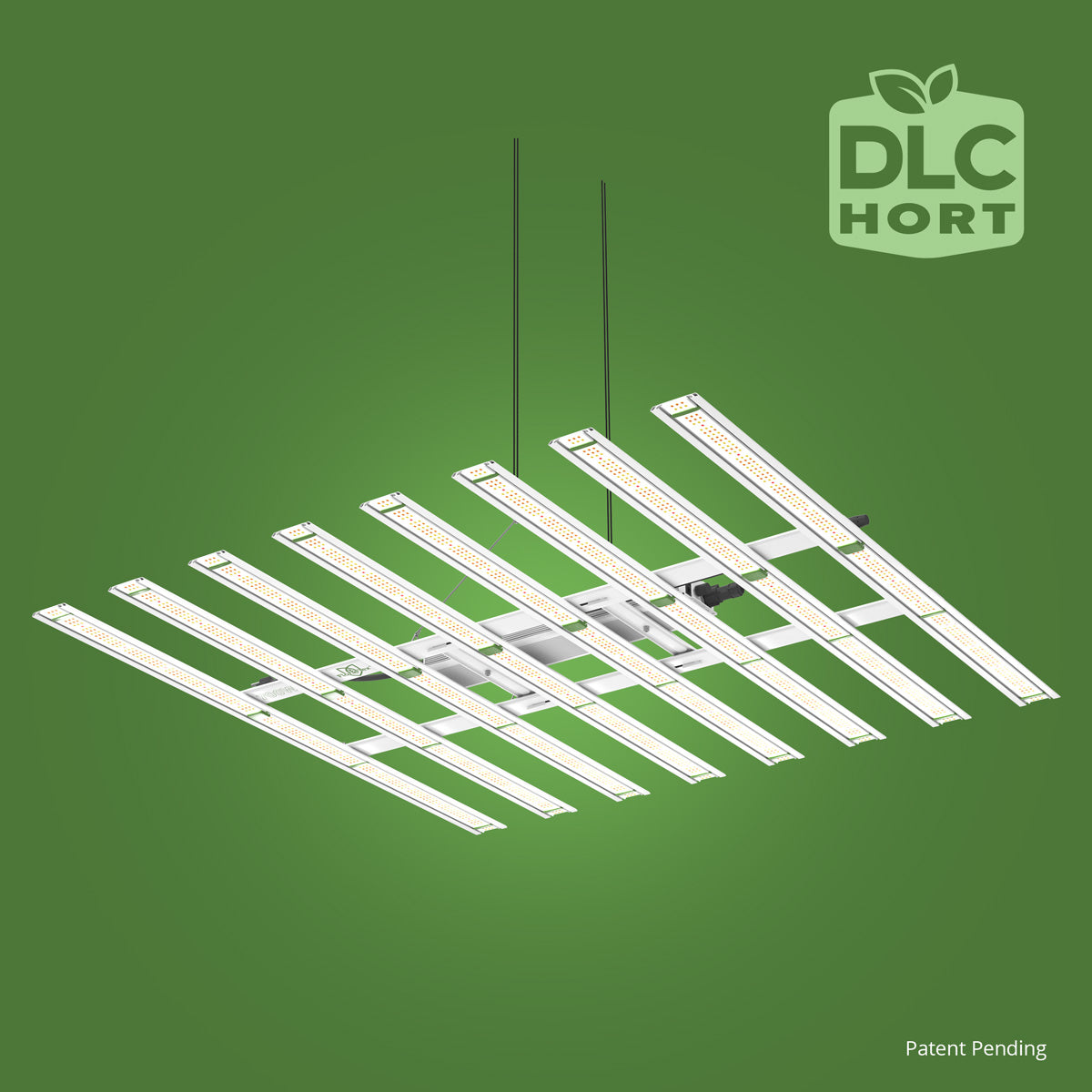Are you ready to add a touch of greenery to your living space but run out of room on the floor? Vertical gardens might just be the solution you need. These space-saving, aesthetically pleasing arrangements allow you to cultivate a mini garden on a wall, giving you the joy of gardening without requiring much horizontal space. In this blog post, we'll walk you through the steps of setting up your first vertical garden. Let's get started!
Step 1: Choose the Perfect Location
The first step in creating a vertical garden is to select the right spot. Ideally, you want a location that gets the right amount of sunlight for the plants you wish to grow. Consider factors such as temperature and humidity levels, which can affect plant health. If you're indoors, a sunroom or a south-facing window can be perfect.
Step 2: Select Your Plants
Not all plants thrive vertically, so choose wisely. Opt for plants with small root systems and those that are adaptable to vertical growing conditions. Some popular choices include ferns, succulents, herbs, and small flowering plants. Ensure you select plants that suit the climate and the environment of your chosen location.
Step 3: Choose Your Structure
Next, it's time to pick a structure for your vertical garden. There are several options, such as modular planting systems, pocket panels, or DIY wooden pallets. Each option has its pros and cons, so think about the aesthetic you want, your budget, and your DIY skills.
Step 4: Assemble and Install
Once you have your plants and structure, you're ready to put everything together. Begin by assembling the structure according to the instructions provided. Secure the structure on your chosen wall ensuring it's stable and can support the weight of the plants and soil.
Step 5: Plant and Arrange
Now comes the fun part—planting! Start from the bottom of your structure and work your way up. This helps to ensure that the soil remains in place. Arrange your plants in a way that offers a pleasing aesthetic while also considering their sunlight and water needs.
Step 6: Water and Care
Caring for a vertical garden involves regular monitoring of water, light, and nutrient needs. Use a reliable watering tool to maintain the moisture levels of your plants. The 1.5L Pump Sprayer is a great option for watering your vertical garden as it provides a gentle mist, which is perfect for delicate plants.
Step 7: Maintenance
Regular care is essential for any garden. Trim overgrown foliage, check for pests, and ensure your plants are healthy. Rotate your plants if necessary, to ensure even light distribution.
By following these steps, you will be well on your way to creating a beautiful vertical garden that brings both beauty and convenience to your living space. For more innovative gardening products and tips, visit our website.
Happy gardening!

